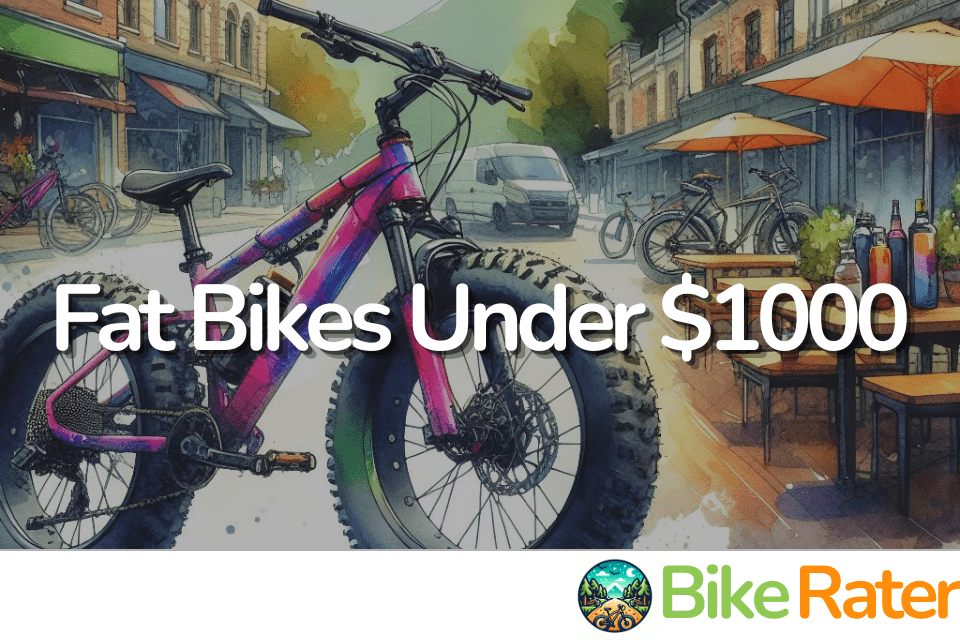Buyer’s Guide: 4 Fat Bikes Under $1000 in 2024
Heads up: Some links in the guide are affiliate links. By buying through our links, we may earn a small commission, which will help fuel our caffeine addiction (and future gear reviews!). Don’t worry, using these links won’t cost you anything or change the final price you pay.
Fat bikes aren’t exactly known for being wallet-friendly. But fear not, intrepid adventurer! We’ve combed through the market to find 4 fantastic fat bikes that won’t leave you shivering in your boots (literally) come checkout time. Whether you’re planning on tackling snowy trails or crushing sand dunes, these budget-conscious options won’t compromise on performance. So ditch the skinny tires and get ready to ride big with our picks for the best fat bikes under $1000 in 2024.
Best Overall Fat Bike – REID Alpha Fat Bike
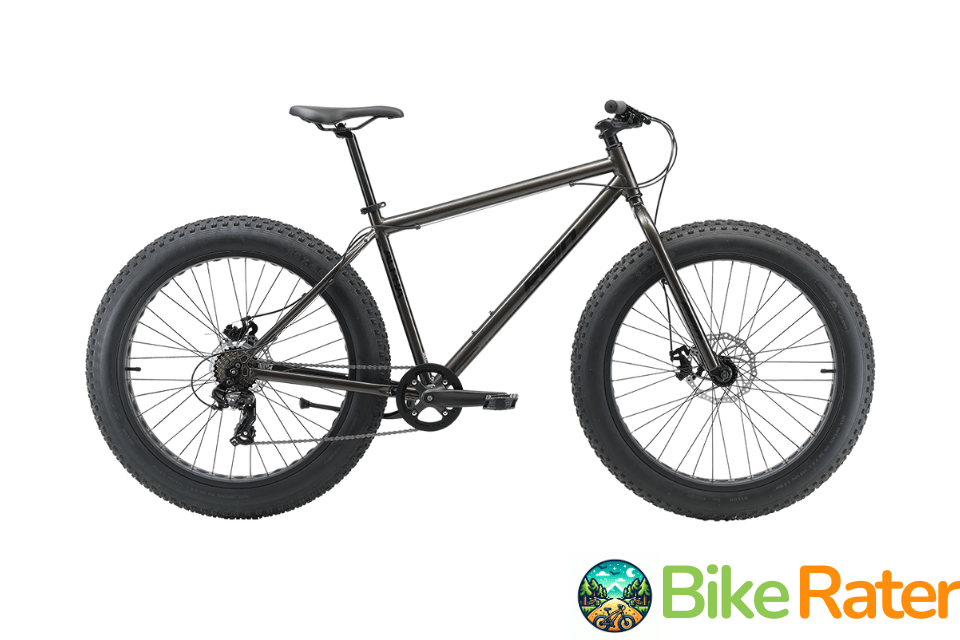
Best Fat Tire Bike for Shorter Riders - Silver Scoop Half
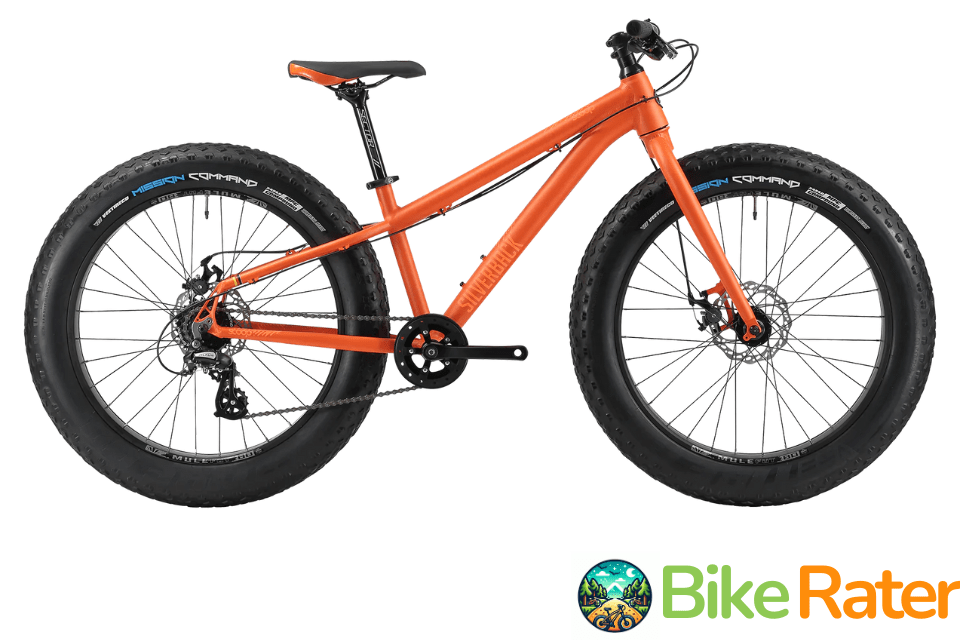
Best Fat Bike for Snow Riding - REID Hercules
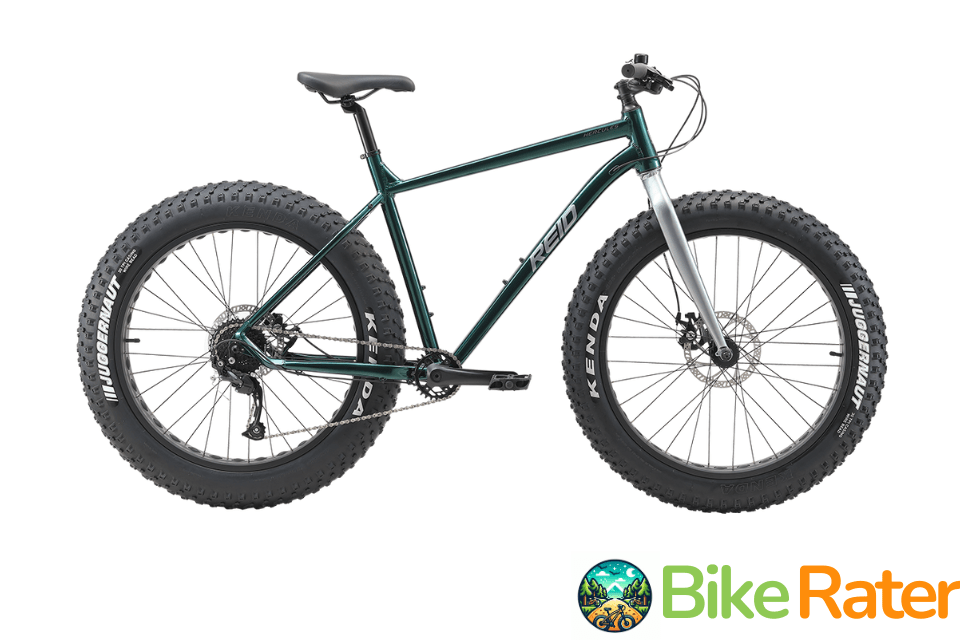
Best Big Brand Fat Tire Bike - Trek Lux Fat 7D
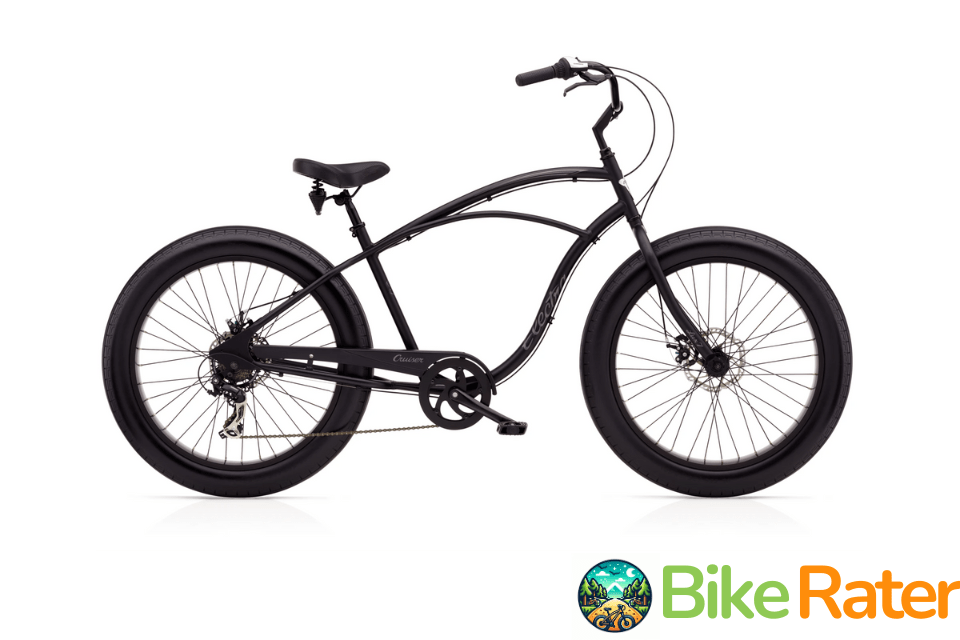
What to Expect from a Fat Tire Bike Under $1000
So, you're ready to dive into the world of fat biking but want to be mindful of your budget? Excellent choice! Fat bikes under $1,000 offer a fantastic way to experience the thrill of riding on anything from snow and sand to loose gravel and dirt paths. Here's a quick rundown of what you can expect in terms of components, quality, and features:
Built for Adventure:
- Sturdy Frames: Most fat bikes in this price range will utilize aluminum frames. Aluminum offers a good balance of weight, strength, and affordability. While steel frames might be found on some models, they tend to be heavier.
- Capable Drivetrains: Expect to find 7-speed or 8-speed drivetrains with components from brands like Shimano or Microshift. These drivetrains offer a good range of gears for tackling hills and varied terrain.
- Mechanical Disc Brakes: Hydraulic disc brakes might be ideal, but mechanical disc brakes are the standard on most fat bikes under $1,000. They offer dependable stopping power in all conditions, although they may require more hand pressure than hydraulic brakes.
Gearing Up for Off-Road Fun:
- The Heart of the Ride: The most defining feature of any fat bike is, of course, the tires. Expect to find tires ranging from 3.5-inches to 4.0-inches wide. These wide tires provide incredible traction on loose surfaces and soft snow, allowing you to float over obstacles that would typically bog down a traditional mountain bike.
- Hardtail or Suspension? In this price range, most fat bikes will be hardtails, meaning they lack suspension forks. While a suspension fork can offer increased comfort on rough terrain, hardtails tend to be lighter and more affordable. Some higher-end models under $1,000 might offer a front suspension fork, but it may not be high-end.
Quality and Brand Considerations:
- Solid Foundations: While you won't find top-of-the-line components on fat bikes under $1,000, reputable brands like Trek, Reid, and Silverback will ensure you're getting a well-built bike with reliable components. These brands often focus on offering a good balance of affordability and performance for entry-level riders.
- Upgradability: Keep in mind that as your fat biking adventures progress, you can always consider upgrading components over time. A good bike shop can help you with these upgrades, tailoring the bike to your specific riding style and needs.
Overall, fat bikes under $1,000 offer a fun and affordable entry point into the world of off-road cycling. They may not have all the bells and whistles of high-end models, but they are rugged, capable machines ready to conquer a variety of terrains. So grab your gear, hit the trails, and experience the unique joy of riding a fat bike!
How We Selected The Best Fat Tire Bikes
Finding the perfect fat bike can feel like navigating a snowy labyrinth. Fear not, intrepid explorer! To compile this guide, we scoured the web, meticulously combing through the offerings of various online bike shops. Our goal? To unearth the best fat bikes under $1,000 that deliver a winning combination of value, capability, and rider satisfaction.
We compared each bike across several key criteria, assigning weightings to reflect their importance for most fat bike riders:
- Price (30%): A significant factor for budget-conscious riders.
- Weight (30%): Lighter bikes are generally easier to handle and maneuver.
- Number of Gears (5%): While not the most crucial factor for fat bikes, a wider gear range offers more climbing ability.
- Price vs. Component Ratio (35%): This considers the overall value proposition of each bike, ensuring you get the most bang for your buck.
By meticulously evaluating these factors, we were able to identify the top contenders in the fat bike arena for riders under $1,000. We are confident that these four options offer a fantastic starting point for your fat biking adventures!
Conclusion
So there you have it, intrepid explorers! Our comprehensive guide has unveiled four fantastic fat bike options all clocking in under $1,000. Whether you crave conquering snowy trails, leaving tire tracks in sand dunes, or simply exploring off-road paths with newfound confidence, these rugged and capable machines are ready to fuel your adventures.
Remember, the most important factor is to get out there and ride! The world of fat biking awaits, filled with unique challenges and epic landscapes to explore. So grab your favorite helmet, layer up for the elements (or shed those layers for summer adventures!), and embrace the thrill of riding a fat bike. Who knows, you might just discover your new favorite way to experience the great outdoors.
Happy riding!
FAQs
Are Fat Bikes Worth It?
Absolutely! Fat bikes offer a unique and thrilling riding experience. They excel in challenging terrain like snow, sand, and loose gravel, allowing you to explore places that would be inaccessible on a traditional mountain bike. If you crave adventure and love the feeling of conquering new landscapes, a fat bike is definitely worth considering.
Are Fat Bikes Good for Beginners?
Fat bikes can be a great option for beginners, especially those who plan to ride on softer terrain like snow or sand. The wide tires offer incredible stability and confidence-inspiring traction, making it easier to maintain control. However, some fat bikes, particularly those without suspension forks, may not be the most comfortable for long rides on rough terrain. It's always a good idea to test ride a few bikes before making your decision.
Can I Put Fat Tires on A Normal Bike?
In some cases, yes! However, it depends on your specific bike frame and wheels. Wider tires may not fit within the frame's existing clearance. Additionally, your wheels might not be strong enough to handle the increased weight and stress of fat tires. It's always best to consult with a professional bike mechanic to see if your current bike can accommodate fat tires safely.
Are Fat Bikes Heavy?
Compared to traditional mountain bikes, fat bikes can be slightly heavier due to the wider tires and rims. However, advancements in frame materials like aluminum have helped to reduce the weight penalty in recent years. Many fat bikes under $1,000 fall within a manageable weight range, especially considering the added stability and capability they offer.
Are Fat Tires Good for Winter?
You bet! Fat tires were practically designed for winter riding. The wide surface area acts like a snowshoe, distributing your weight evenly and preventing you from sinking in. This allows you to explore winter wonderlands and conquer snowy trails that would be impossible on a regular bike. Just remember to factor in the appropriate gear to keep yourself warm and comfortable during your winter rides.

